这个月21日,单笔交易盈亏比创了新高,1份风险敞口,27.8倍的回报。有运气的因素,回顾计划到执行,也确实是一次自我的提升。这次交易之前,对交易系统的调整持续大概三个月,改变主要在止损策略。
要感谢我的师父,一年多之前和我说了六个字:
“止损要有意义。”
六个字,一年多,潜移默化,润物无声。
整理一下自己对这六个字的理解。
第一,开仓入场要有意义。
无论挂单止损还是主观止损,一个止损设置下去了,必然意味着一次入场。老子曾说:“兵者,不祥之器……不得已而用之”。交易也是一样,一次开仓入场,意味着一次风险暴露。不一定盈利,不一定亏损,但风险敞口一定暴露。止损只是给风险加一个限额,风险依然是风险。所以,要让止损有意义,前提是入场必须有意义。
按照 Jason Williams 的说法,“大多数做交易的人其实都不是为了盈利。他们认为做交易是为了盈利,但实际上更多的是与其他东西有关。”交易者需要持续克服频繁交易的倾向。入场无意义,则止损无意义。瞄准了打,每一颗子弹消灭一个敌人。
如何衡量入场是否有意义呢?
要看是否符合自己的交易系统。以钓鱼为例,什么时候抬起鱼竿呢?鱼漂动了,手上也有反映了。每一个钓者都在等待这个时刻,没有这些反应,鱼竿就要一动不动。交易也是一样,只有符合交易系统的信号出现,才能抬起鱼竿,下单入场。这是第一步,是最基本的要求。至于交易系统的信号是否过于频繁,是否可以优化和省略,那是后面的事情。
总之,止损要有意义的第一步,是入场要有意义。
第二,止损点位要有意义。
设置止损点,我们有时会选择某一级别K线的关键价位,有时会选择均线、趋势线,有时会选择某一指标的某一值作为触发止损的扳机点。粗看来,只要止损点是明确的,止损的背后都是有理由的。
止损的理由不等于止损的意义。
很多时候,有理由的止损点是没有意义的。这里要明晰一个概念,什么叫止损的意义?止损的目的是,在市场的运行与我们的预期不一致的时候,及时地脱离市场,结束风险暴露的状态。有了这个目的,止损的意义就是是否有助于目的的实现,也即——是否不会迟钝,也不会过敏。
有时,止损设置会迟钝。市场的走势已经告诉交易者,最初的理由不在了,最初的考虑不对了,但止损迟迟没有触发。在刚刚做到坚决执行交易系统的交易者中,这种情况很常见。“忍住,再等等”是这时心底最常出现的声音。可实际上,这时候的入场依据已经被证伪了。
还有时候,止损设置会过敏。在某些波动较大的时段,过小的止损(常常体现为小级别的K线高低点、短期均线等)会被扫掉,头寸没了,价格继续按照预定方向运行。这时尽管交易者可以告诉自己,“止损错了也是对的”,但毕竟“方向”判断对了,“方向”的波动幅度没有判断对,依然不能算理想。
止损的标准在迟钝与过敏两端游走,对交易者的伤害很大。意志不够刚硬的交易者,会在“忍住,再等等”和“错了也是对的”之间反复徘徊,最终,坚持的变成了随意的,自信的变成了怯懦的,这种波动最终会毁掉一个交易者。
坚持得太过辛苦,有时是方法错了。止损要有意义,第二步,点位选择一定要有意义。
第三,止损幅度要有意义。
幅度和点位不同,点位的价值在于定性分析的对与错,幅度的价值在于定量分析的值不值。简单说,止损的幅度决定了盈亏比。
一波行情,在职业的交易者看来,要么有个大致的考量(与一二三的目标位有关),要么完全不设预期,趋势跟踪。无论哪种路子,止损幅度都与盈亏比成反比。
盈亏比又与胜率的最低要求成反比。
因此,止损幅度与胜率的最低要求成正比。
——止损越小,命中率越不重要。止损越大,胜率要求就越高。
以趋势跟踪策略为例。趋势跟踪策略的常见胜率是30%-50%。一般认为,超过50%的胜率,要么是过度优化,要么是短期数据不足以长期证明。而低于30%的胜率,又难以通过合理的盈亏比保证盈利。众所周知,趋势交易者不宜过度过滤入场信号,得不偿失。这时,入场时的止损幅度就很重要。如果能够成功的降低止损的幅度,往往意味着同样的风险暴露金额,可以建仓更大的头寸。事实上,这条路径确实是趋势交易者提高交易绩效的常用方法。
千人千面,水无常形。止损的幅度没有一定之规,没有最优方案。大的原则基本可以明确,止损不宜过大,过大的止损伤害盈亏比,提高了对胜率的要求。
第四,移动止损要有意义。
持仓出现浮盈,是持仓中的高光时刻。浮盈后如何移动初始止损,是持仓中的重要课题。
持仓中移动止损要解决好两个关键问题。
- 第一是盈亏平衡问题,是否要在特定条件满足后移动止损位置到盈亏平衡点?如果是,什么时候移动?如果不是,为什么不移动?
- 第二是跟踪止盈问题,是否随着行情发展,动态确保最低盈利(即使主动止盈)?如果是,什么时候移动?如果不是,为什么不移动?
是否做保本处理,是否跟踪止盈(顺向移动止损线),其结论并没有标准答案。但考虑这个问题则是交易者的必修课。做出何种策略,主要与几个因素有关:
- 与交易系统的设计思路有关。如果是单纯追求大盈亏比的策略,例如A股“缺口不补”策略、原生“海龟”策略等,这方面的要求可能会松一点。如果是日内短线炒单策略,这方面的要求可定要很严格。
- 与资金偏好要求有关。自有资金,承受波动足够大,无所谓,要求会宽一些。外部资金,净值公开,这方面的约束自然要严格一些。
- 与交易者的自身特质有关。每个交易者都有自己的特质,是否动态调整止损要结合交易者的特质考虑。每个交易者要结合自己的性格特质选择符合自己的策略。
总结一下。
上面的四点里面:
- 开仓入场有意义,防止过度交易、冲动交易。
- 止损点位有意义,真正把止损变成必要的成本,而非单纯“停止损失”。
- 止损幅度有意义,提升盈亏比,降低命中率的要求。
- 移动止损有意义,防止不必要的亏损出现,及时锁定既得利润。
四点处理得好一些,更好一些,交易的绩效一定会有所提升。
EOF.
还有三篇关于止损的文章:

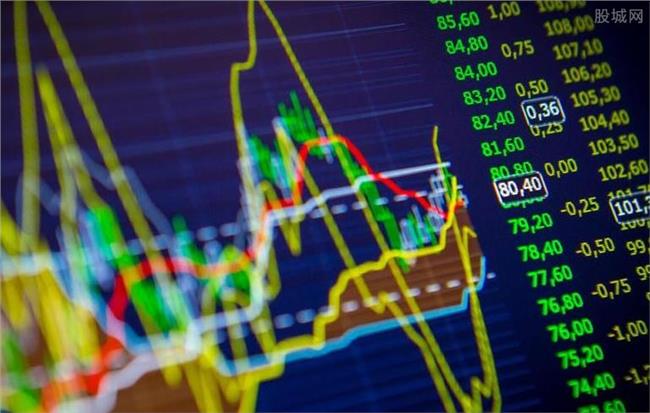

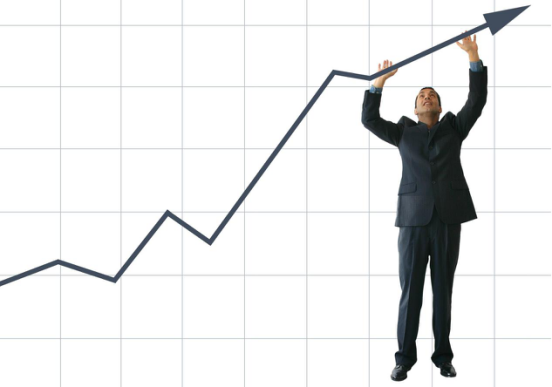
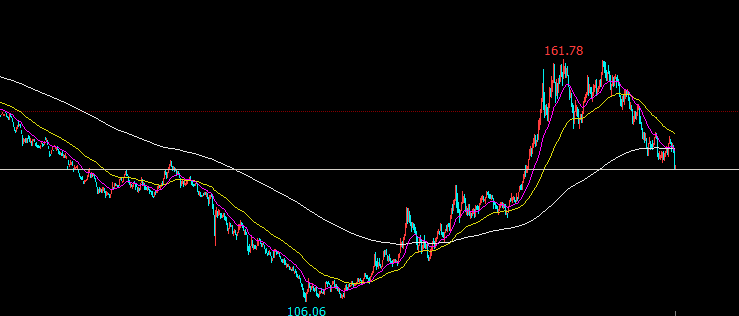


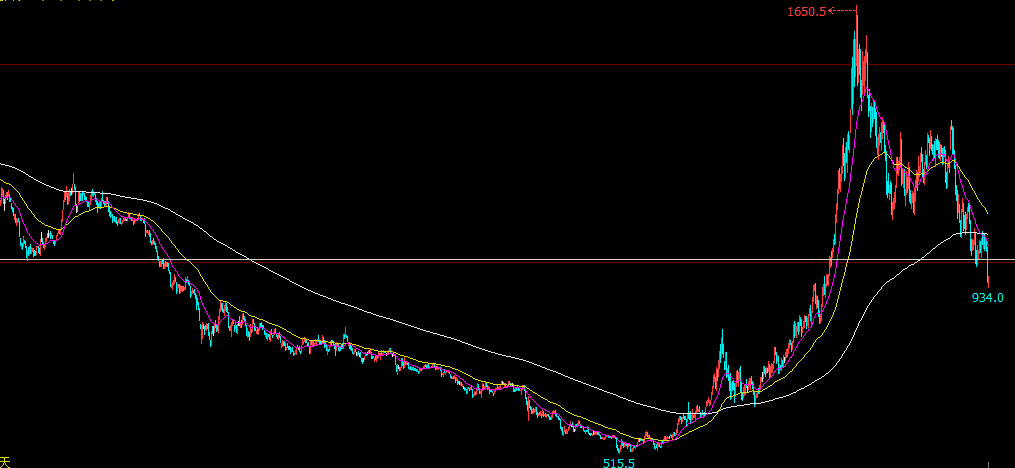
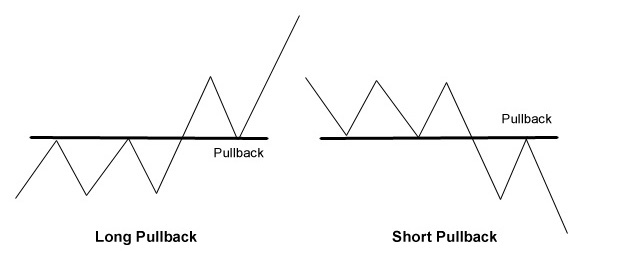

 (Photo By
(Photo By